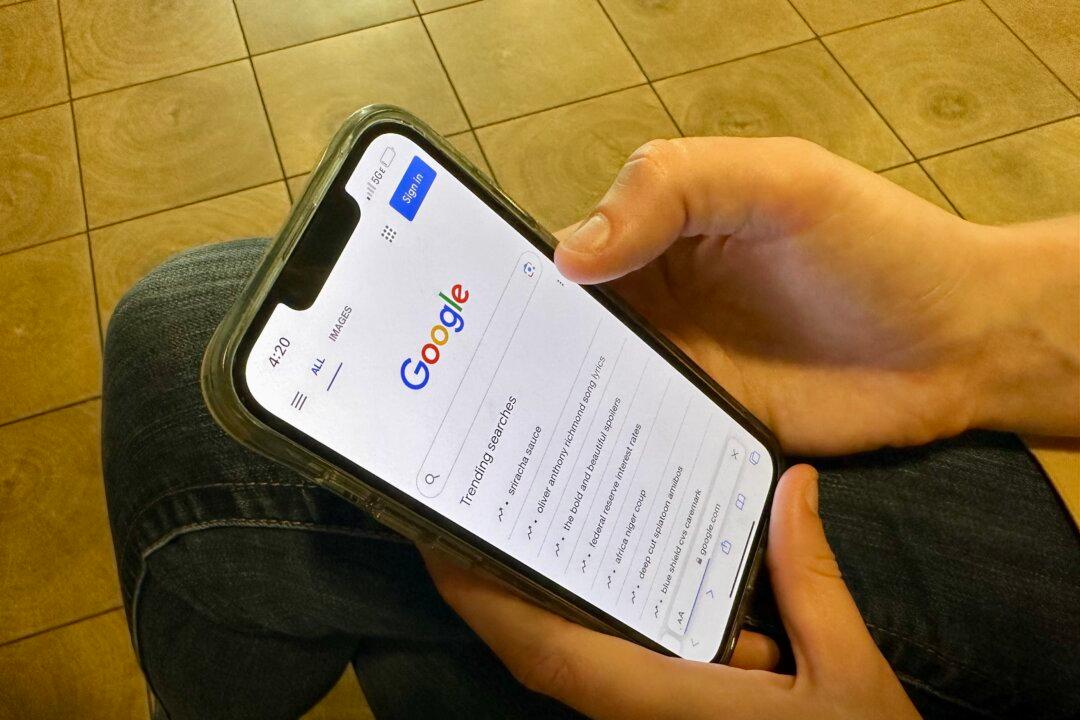Starting this week, Google will start deleting inactive Gmail, Google Photos, and other Google accounts that have remained inactive for at least two years.
To prevent it from being deleted, sign into your Google or Gmail account before Friday, Dec. 1. According to a company’s post, if the account has been inactive for two years, Google advises a user to read or send an email, use Google Drive in some capacity, watch a YouTube video, download an app from the Google Play service, use Google Search, or sign in with Google to sign into a third-party app or service.





